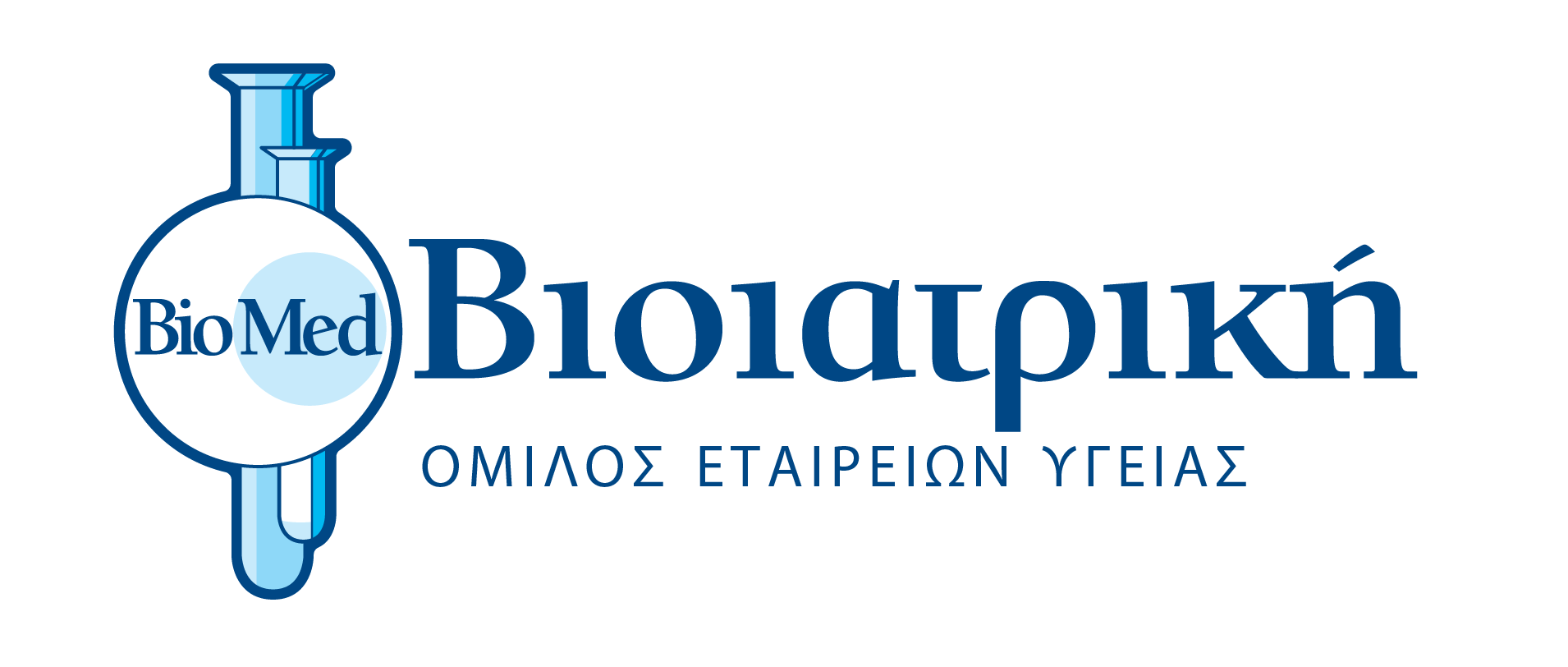
How the modern non-invasive method helps prevent colon cancer
CT colonography or virtual colonoscopy is a modern non-invasive method of colon imaging, which is used as an alternative or complementary examination to the conventional optical colonoscopy. The goal of the method, as with optical endoscopy, is the prevention or early diagnosis of colon cancer, and in this context, the reduction of mortality due to the disease.
According to the American Cancer Society (ACS), colon cancer is the second most common cause of death from malignant diseases in the global population (2021 data) and the third leading cause of death in men and women. There are about 300,000 new cases reported each year in Europe and around 1 million worldwide. In Greece there are about 5,200 cases per year and 2,500 people die, while in Cyprus the cases exceed 350 per year. It is estimated that during their lifetime, 1 in 23 men (4.3%) will develop colon cancer, while the proportion in women is close to 1 in 25 (4%).
How is CT colonography performed?
CT colonography, as its name implies, is performed on the CT scan after proper preparation of the intestine. The purpose of the preparation is to perform the examination with a completely clean large intestine, so that even small lesions of the wall become visible. Before the examination, air is blown through a thin catheter placed in the rectum. Anesthesiological support or sedation is not required to perform the test. The examination is short in duration, that is about 20 minutes, which makes it comfortable for the patient. During the scanning process, images are captured after administration of intestinal spasmolytic agent in prone and supine position, before and after intravenous administration of iodine contrast material.
The images are then processed by specialized personnel, both in two-dimensional and three-dimensional form, while with special programs and processing algorithms a three-dimensional model of the intestine is produced, enabling the specialist radiologist to “travel” virtually in it (virtual colonoscopy).
What are the indications of CT colonography?
CT colonography is indicated in all cases where conventional colonography is performed, when the need for material for histological examination is not known in advance. This includes all preventive examinations as well as exploratory examinations. It is worth noting that according to the ACS, colon screening is recommended to begin at the age of 50 and then be repeated every 5 years. For example, the examination is indicated to investigate the presence of blood in the stool, iron deficiency anemia or a change in intestinal habits (e.g., change in the number and frequency of bowel movements, pain, etc.). CT colonography is especially useful in cases where conventional colonography is contraindicated, such as in patients on anticoagulant therapy or patients who have an increased risk of suppression due to other comorbidities. CT colonography can also be used as a method in those cases where conventional colonography has failed to image the entire colon (approximately 10% of the total number of conventional examinations). This is usually due to intense intestinal sinuosity/ intestinal elongation which makes it partially difficult to access the entire bowel with the endoscope.
What are the advantages over conventional colonography?
CT colonography is performed without anesthesia or sedation. Therefore, there is no cardiovascular risk associated with anesthesia and the patients can return to their normal activities immediately after the examination. It is more comfortable for the patient, due to the smaller amount of air that is blown into the intestine, and the absence of the colonoscope. This is a minimal invasive method, with less chance of causing bowel perforation than conventional colonography. Recent surveys report perforation rates in CT colonography 0.005% -0.03% (compared to conventional colonography where the corresponding percentage ranges from 0.06% to 0.19%). It is worth noting that even in cases of bowel perforation, the rates of surgery or even death are higher in the context of conventional colonography, compared to CT colonography.
What are the disadvantages compared to conventional colonography?
In case of any pathology, it is necessary to perform a conventional colonography to obtain histological material, which cannot be achieved with CT colonography, hence the main disadvantage of this method. Additionally, there is also the exposure to ionizing radiation that this examination involves. However, the use of reduced and variable / adjusted dose (low dose / modulation technique) protocols, the radiation dose is significantly reduced (calculations indicate around 8mSv) while maintaining the ability to detect polyps up to 6mm.
In conclusion, I believe that CT colonography, in the hands of the clinical gastroenterologist, has taken on an important role in the last decade as a particularly useful tool for the prevention and early diagnosis of colon cancer. The test is widely accepted as non-invasive, and more comfortable for the patients, but also with less risk than the conventional method.
By Dr. Eleni S. Stylianou, *Specialist Radiologist Alpha Evresis Diagnostic Center, BIOIATRIKI Healthcare Group









